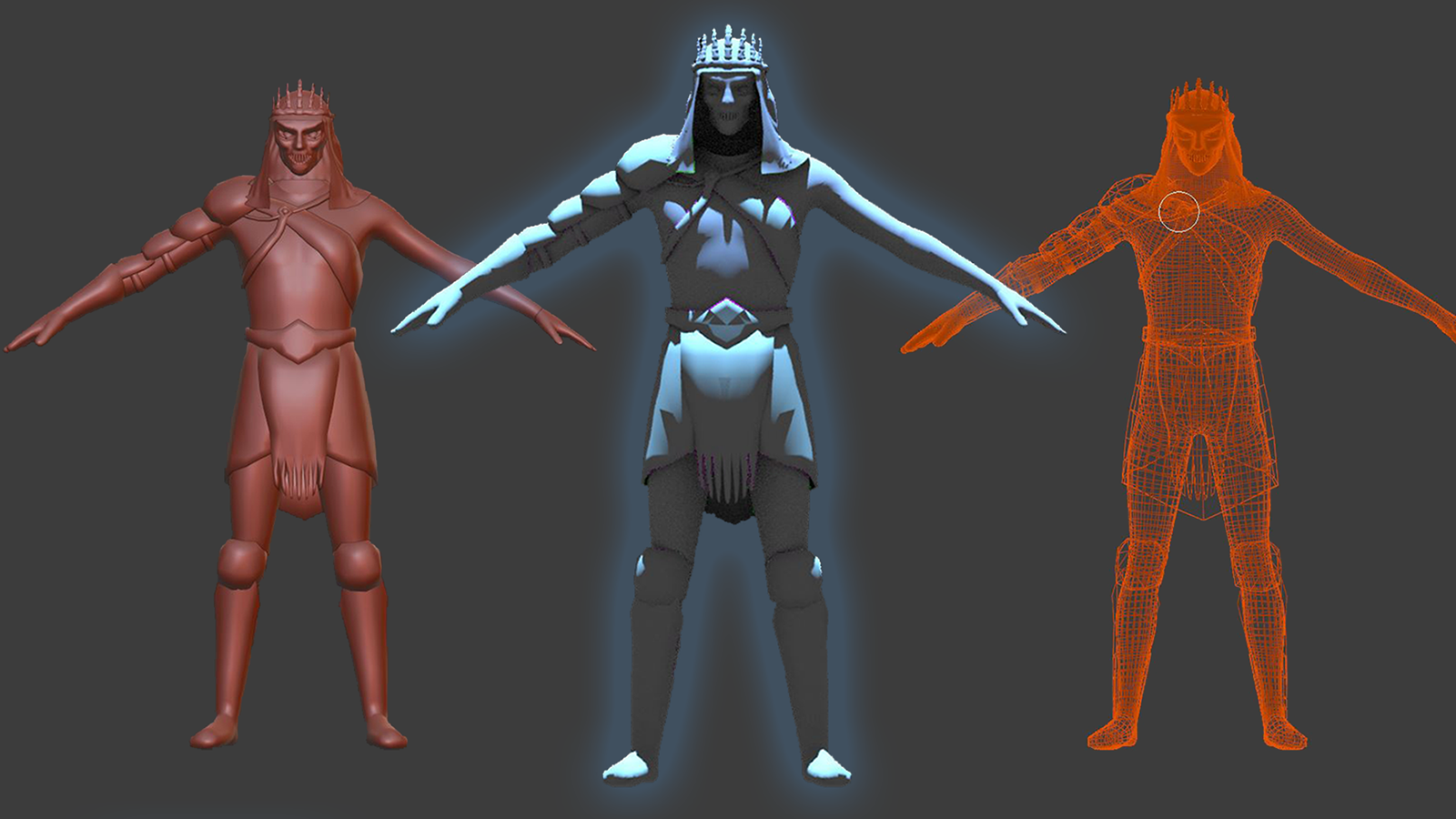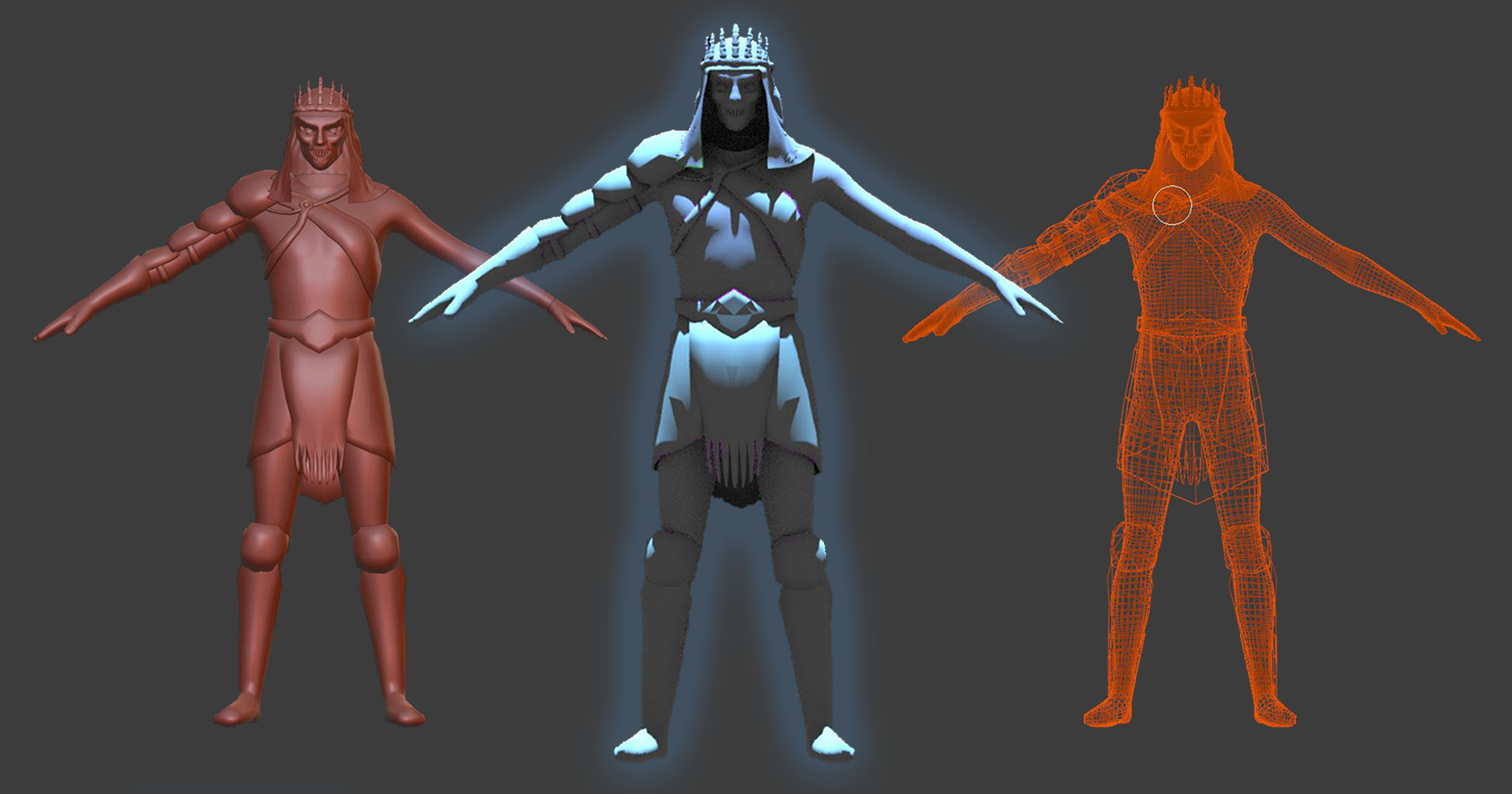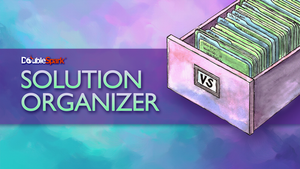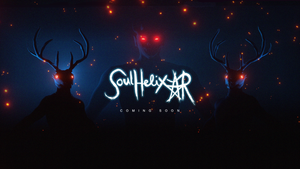
DevDiary | #002 | The First Evil Spirit Takes Shape: 3D-Modeling a Character
Welcome to our Monster Factory! Get ready to dive into the creative process behind Soul Helix AR - from 2D doodles to 3D digital magic, we're unveiling the journey of crafting characters and game objects.
Initially, the characters were designed as 2D graphics (click here for a Concept Art Overview). Several drafts later, the step into the third dimension follows. The character is realized in a 3D graphics program as a mesh consisting of numerous vertices.
The use of too many of these vertices will make the model very accurate in detail (high poly), which also means that the game needs a lot of processing power to display it - this is slow in performance and takes up a lot of memory. The goal is to have both - a "high poly" look and an optimal performance. Therefore, a certain method is used for displaying details. However, first of all the character needs to be sculpted.
The image below shows (from the left) the sculpted model, an untextured render image, and the high-poly mesh of the Spirit Lord Coronos.

Working with virtual clay
After the 3D modeling follows the sculpting. This work is very similar to working with real clay - only virtual. A shapeless block is worked on with virtual modelling tools. Working with real clay is more challenging, though - it can crumble and the figure can get out of balance. For a digital sculpture, you can even use tricks like a "mirror modifier" to manipulate vertices symmetrically.
The result of the sculpturing process is a detailed "high poly" mesh, consisting of many polygons. The aim now is to achieve a low polygon number while keeping the details. The image below shows an intermediate state of a sculpted canopic jar for Soul Helix AR.
Let's bake a map
Now we bake - a so-called Normal Map of the High Poly Mesh. With this map the desired details and accompanying shading can be simulated without increasing the number of polygons significantly. The relevant information for the illumination of the object, such as the alignment of the normals, is transferred via the map. The detail is preserved without affecting the performance.
It is then projected onto a re-topologized, "low poly" version of the 3D model. Why topology is so important and how this "normal map" is baked can be read in the next monster factory article about texturing.
Are you curious about our game? Then follow us on Facebook, Instagram and Twitter and sign up for the newsletter!




